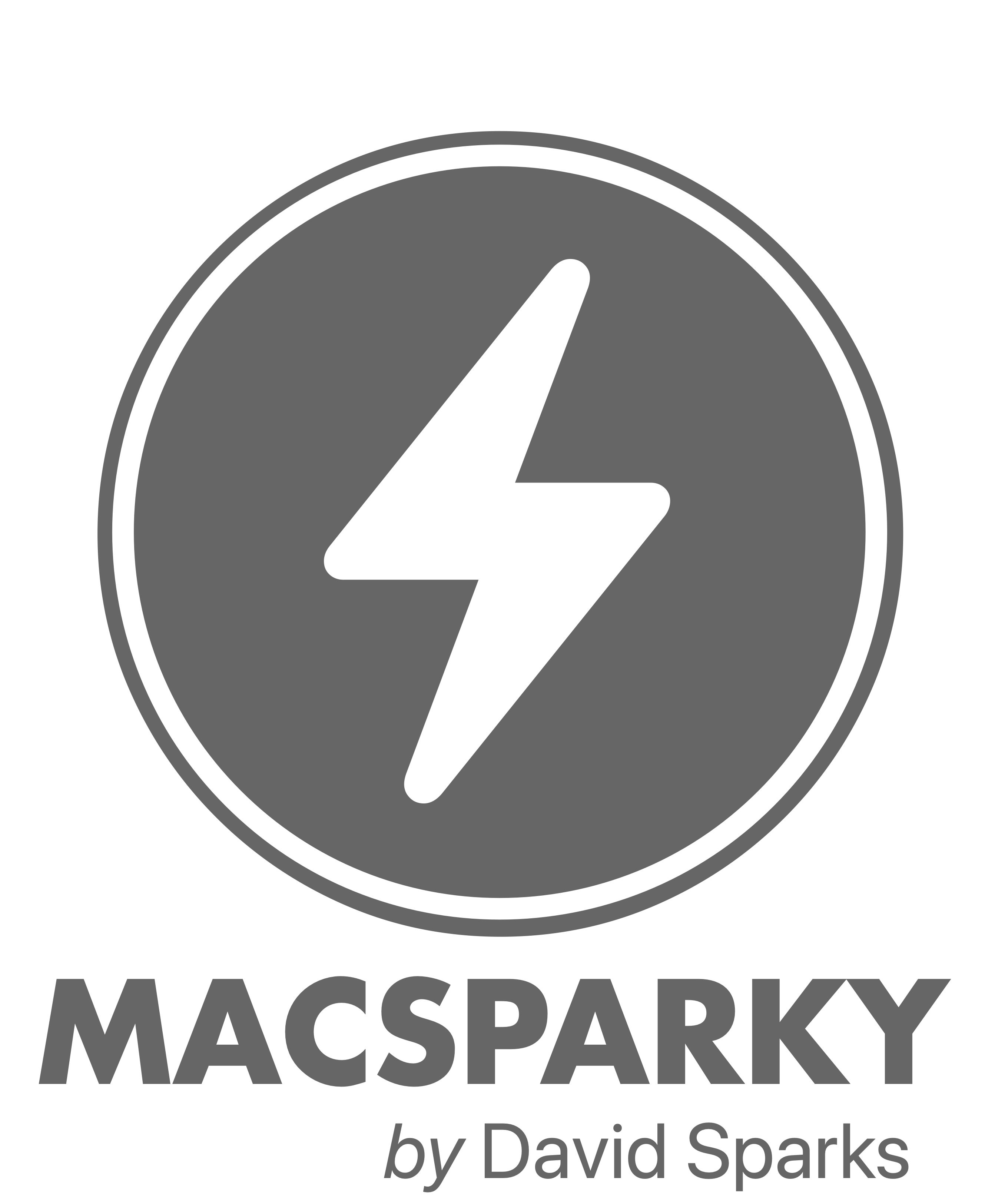This week’s home screen features Jake Kahana (Twitter) (website), one of the founders of Caveday.org and a very intentional guy. So Jake, show us your home screen.
What are some of your favorite apps?
I’ve been getting more and more into Notion. We started using it as a project management and notetaking tool for Caveday. And in the last few months I’ve put my entire personal system on there. Book notes, meeting notes, goal setting, job tracking, etc.
I’m a fan of Superhuman and feel like my relationship to email is a bit healthier since using it.
Which app is your guilty pleasure?
NY Times Crossword, maybe?
Or more realistically, based on my usage, Zillow and Redfin.
What app makes you most productive?
And I love Freedom. I love that it syncs across devices. It blocks internet when I need and just minimizes distractions. I love their “Pause” Chrome plugin too. That 5-second delay before I go to a social media or news site is enough friction to usually close the window.
What app do you know you’re underutilizing?
Notion. While I love it and so much of my life is on it, I know there are so many other features (database tools, cross-database features, widgets, and what-not) that could make it more powerful. Part of my goal this year, overall, is to learn more shortcuts and use snippets in email, in my design tools like the Adobe Creative Suite and Sketch, and definitely in Notion.
How many times a day do you use your iPhone/iPad?
I don’t have an iPad, but I try my best to put my iPhone away when I’m working, often in another room or at least across the room, so I’ll check it maybe once an hour or less.
What is your favorite feature of the iPhone/iPad?
Airplane Mode! When I really need to do my most focused work, I’ll open a Google Doc, make it available offline, and just get to work.
But maybe more functionally is AirDrop. I’ll send stuff from my phone to my computer and to my wife’s phone all the time. So easy.
If you were in charge at Apple, what would you add or change?
I’m really disappointed by the idea of planned obsolescence. When it comes to being the best designed tech out there, I’d say aesthetically that’s true. User experience-wise, it may be true as well. But thinking about environmental impacts and functionality of hardware, there’s a lot of waste that comes from replacing phones and computers every 3-4 years. What might it look like to have devices that had a 100+ year lifespan that just needed a small upgrade here and there to replace certain parts or pieces, or to have upcycled digital hardware?
What’s your wallpaper and why?
My lock screen and home screen (and my computer desktop) are all photos of my daughter. It’s a bit cliché, sure, but it’s a great reminder for me for why I’m doing the work I’m doing (to make her proud, and to make enough money that I can stop working every day and spend time with her, and so she has what she needs). The photos themselves are moments of play and joy and wonder, which is another good reminder for me to stop and try and find joy and wonder in what I’m doing (and think of her).
Anything else you’d like to share?
I try a lot of productivity apps out to write about them and recommend them (or to recommend AGAINST them) for my company, Caveday. We’re all about helping people find focus in a distracting world and so a lot of my favorite apps and features are therefore focus-related. I’ve curated some of my favorite tips, plugins, apps, and books on the subject at caveday.org/tools










